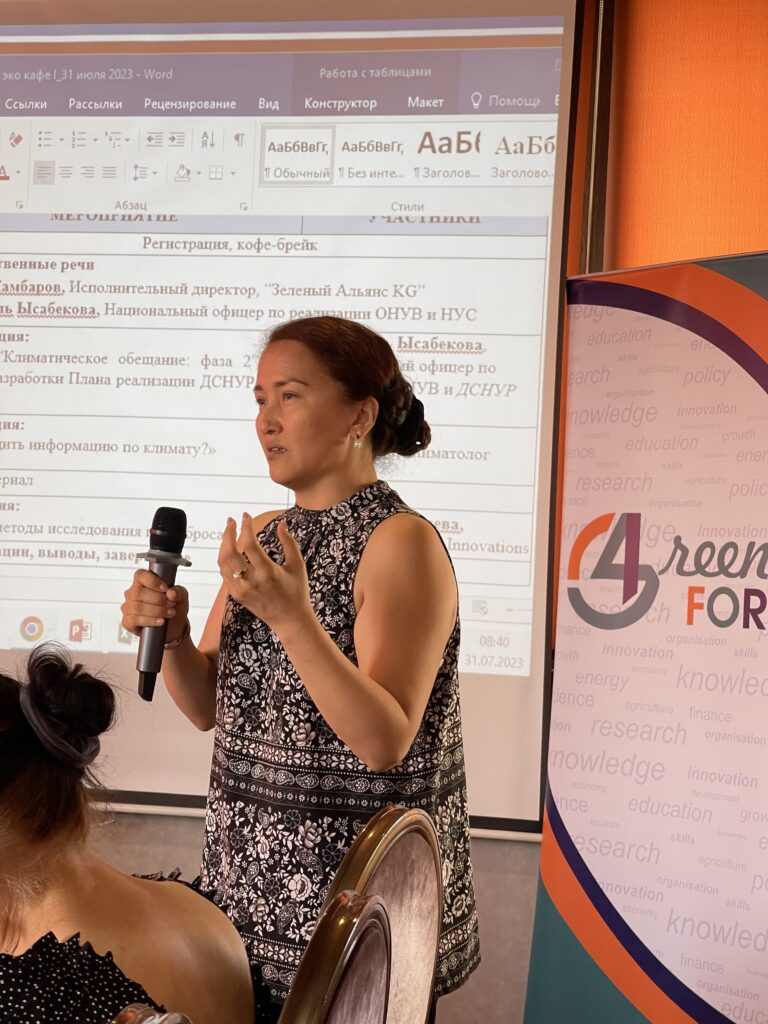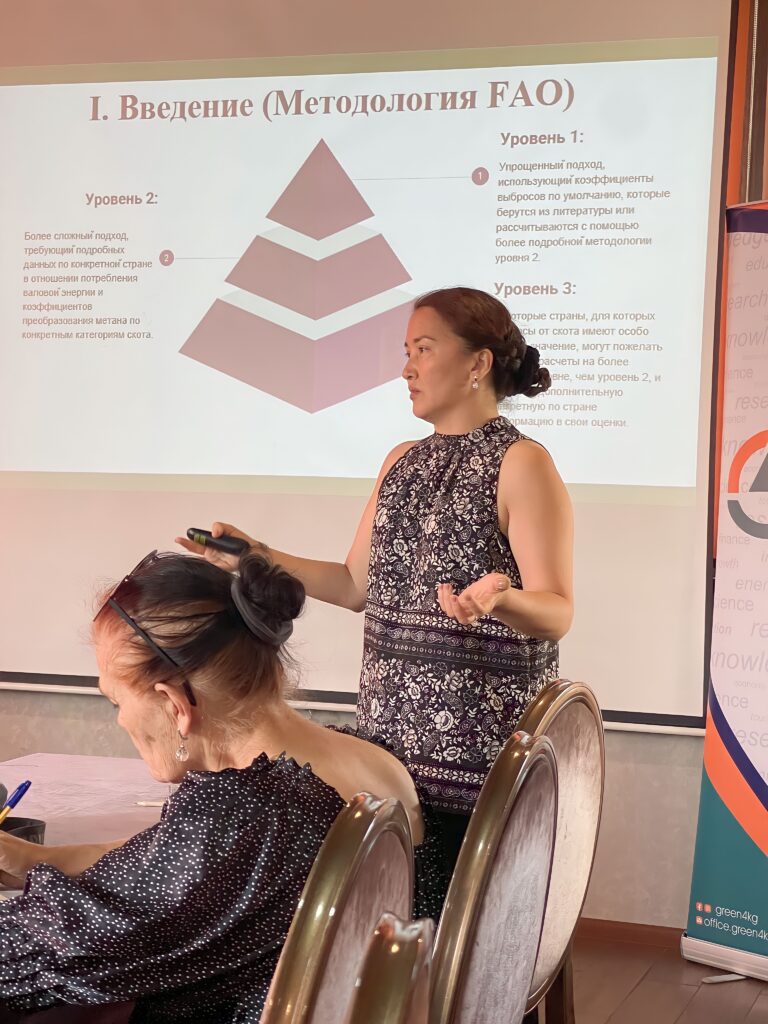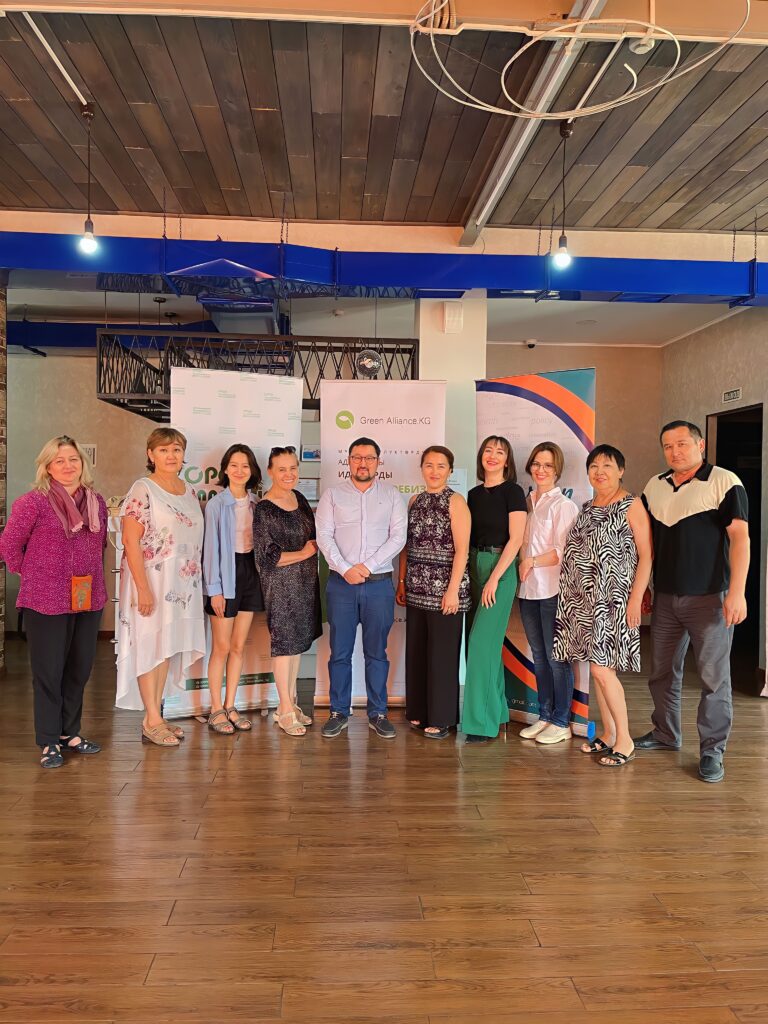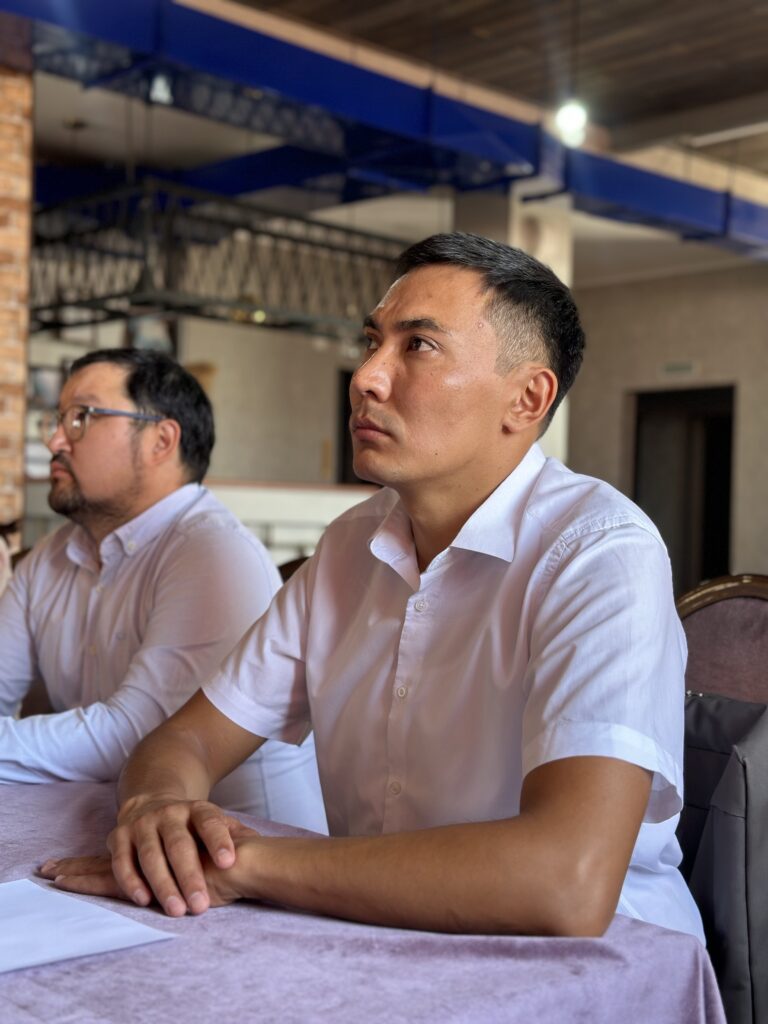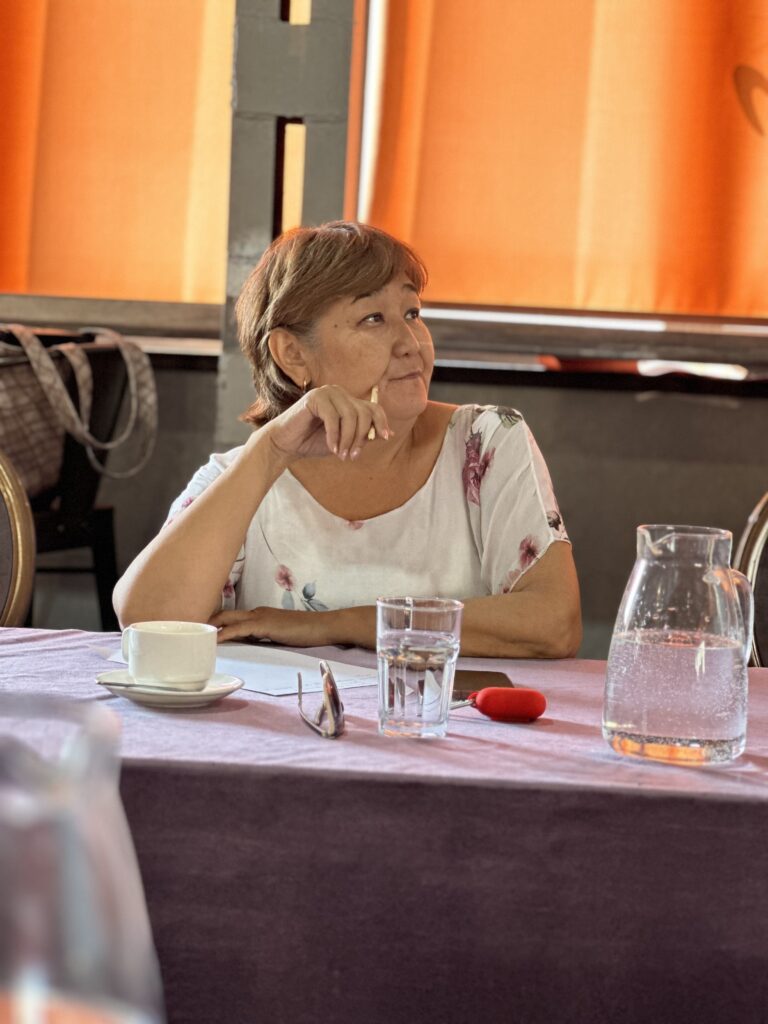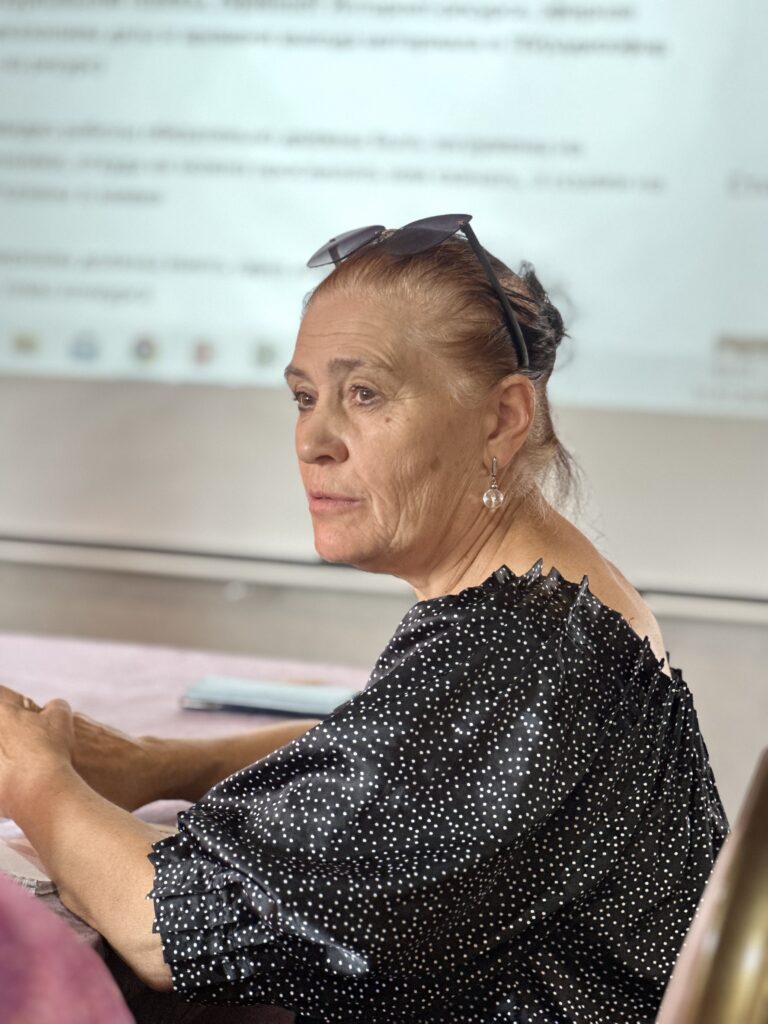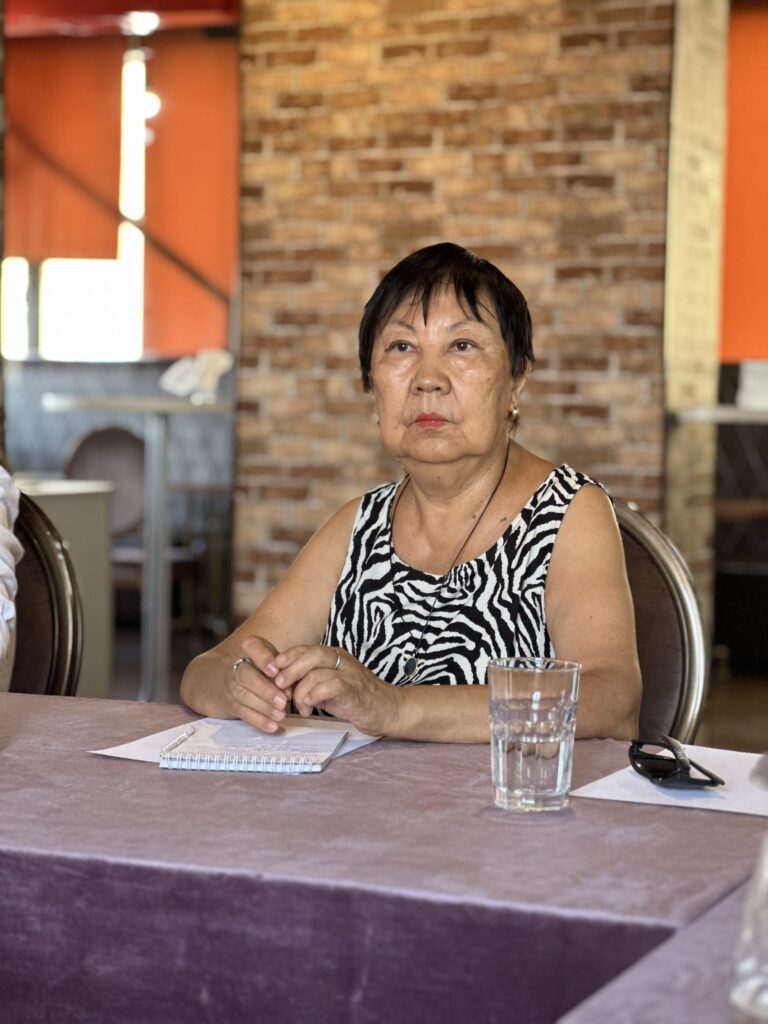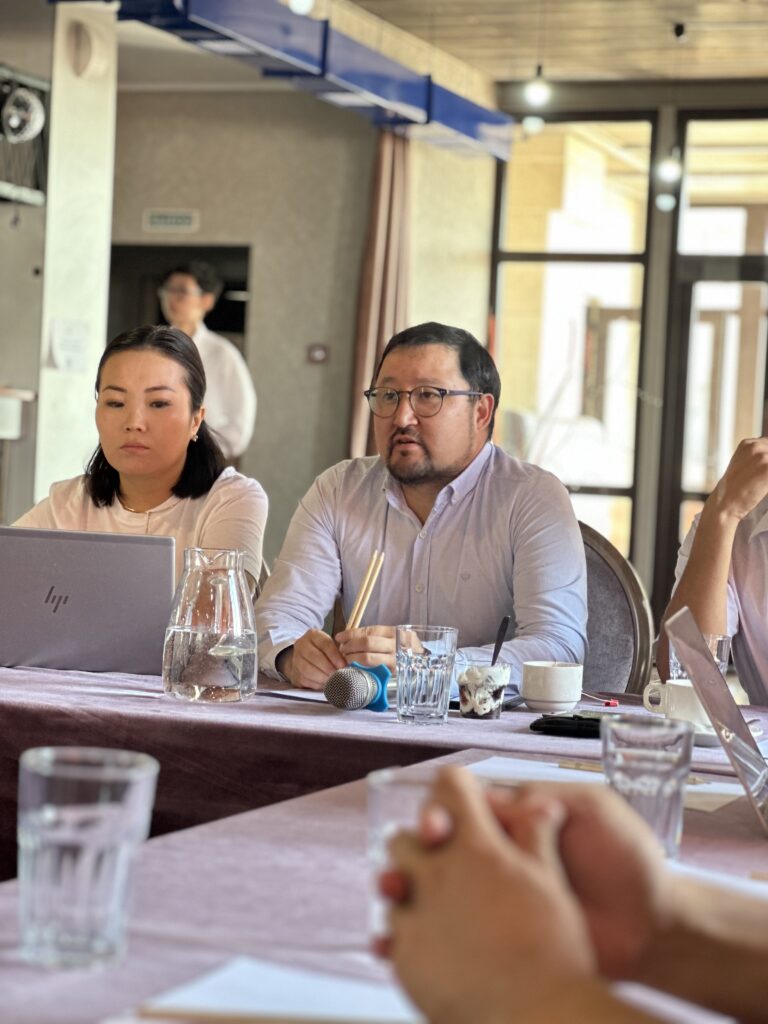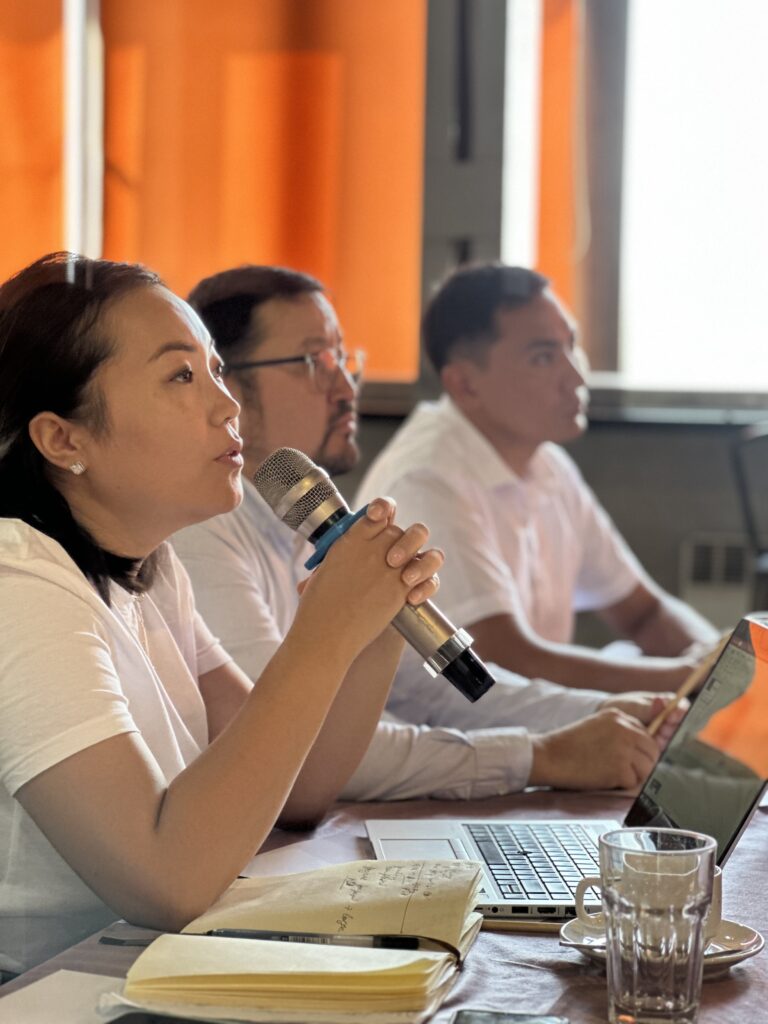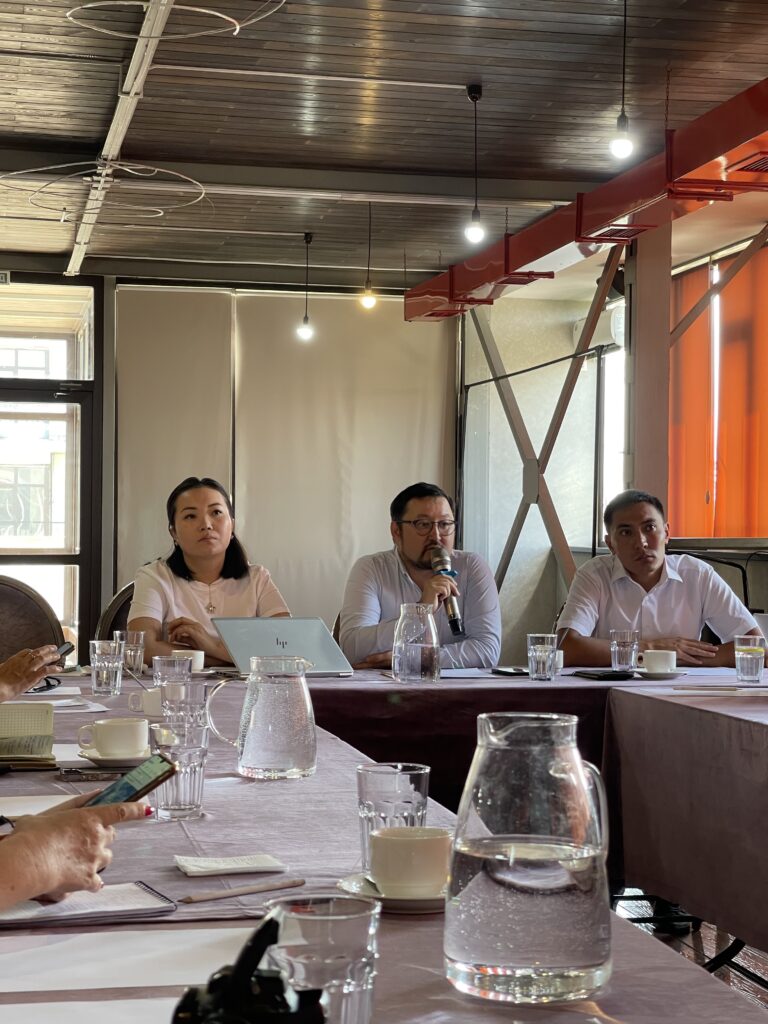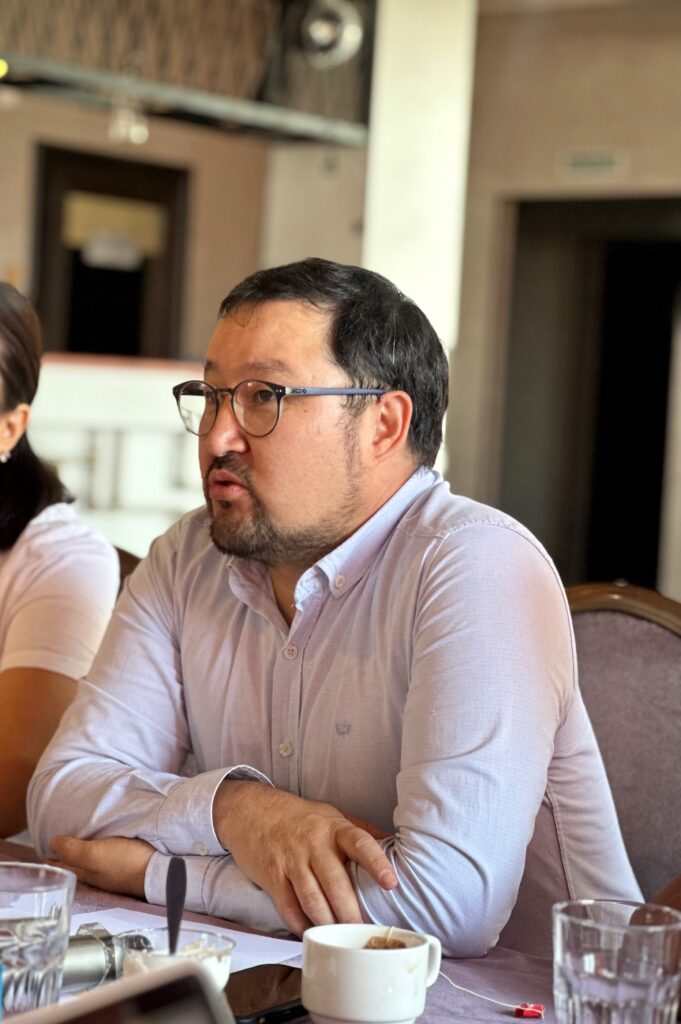
On July 31, within the framework of the UNDP project “Providing advisory support in the development of the “Expanded Plan for the Implementation of the NDC and the Long-term Low-Carbon Development Strategy (LTS) until 2050,” environmental experts and journalists held a discussion of implementation plans “How can Kyrgyzstan achieve carbon neutrality by 2050?”
Environmental issues should take one of the leading positions in the information agenda of socio-political media. The priority task of environmental journalism is to promote practical improvement of the state of the environment. For effective planning of regional development, it is necessary to collect and analyze primary data aggregated at the district level, to determine critical and optimal values of indicators for territories with their own climatic and other characteristics.
This is why the role of environmental journalism is growing, which can convey to the average person information about the state of the environment in the region where he lives, in his country and about global problems in general. Competent coverage of these issues in the media will lead to increased awareness, will stimulate each individual to act for the benefit of his environment, and therefore for the benefit of the entire planet.
Ysabekova Baktygul, NDC Implementation Coordinator of UNDP Kyrgyzstan, in her presentation on the project “Climate Promise: Phase 2” and the process of developing the Long-term strategy Implementation Plan until 2050”, acquainted the round table participants with the current data and emphasized the importance of a long-term low-carbon development strategy for the country. She added that in order to ensure transparency and inclusiveness of the NDC updating process, broad involvement in the NDC process was ensured. To achieve the Paris Agreement, countries develop NDCs, which are voluntary commitments of countries. At the same time, the development of NDCs is aimed at solving the following tasks: Assess the country’s contribution to achieving the goals of the Paris Agreement; Demonstrate the commitment of the parties and specify the integration of climate issues into socio-economic development plans; Involve all state and non-state stakeholders in the fight against climate change; “Strengthen the process of climate change policy management at the national, regional and local levels of the country. Kyrgyzstan submitted its Proposed NDC in September 2015 and the Updated NDC in 2021. The next deadline for review and submission of NDC 2 is 2025-26,” she concluded.
Zoya Kretova, a climatologist, in her presentation on the topic “How to find climate information?” indicated sources of information such as: International, regional and national. In addition, she showed an example of analyzing the rate of air temperature growth in Asia.
“NMHS data is always more reliable, especially if they have passed the quality and completeness check, and the data has been adjusted for homogeneity, adjustments to precipitation series for wetting, etc.” – reminded Zoya Kretova.
School of Data journalist Anastasia Valeeva shared her video about how data journalism can be used to present information in a more vivid and accessible way.
Sagynalieva Maral, Researcher at Open Invitation KG, Policy Expert shared a presentation on calculating CO2 emissions in livestock farming using the FAO methodology. In particular, she touched upon the tasks aimed at producing hydroponic feed and feed using the traditional method. “The most common method of improving livestock in rural areas is crossbreeding, that is, crossing low-yielding mongrel females (cows, heifers, sows, etc.) with producers of improved breeds. Crossbreeding makes it possible to quickly replace mongrel cattle with highly productive breeding cattle. In order to properly organize breeding work on a farm, you need to know the productivity of each animal, its origin, etc. This is achieved by primary zootechnical accounting.” she noted.
“In light of the ongoing climate crisis and the growing number of climate strikes around the world, it is impossible not to acknowledge the contribution of journalists to informing public discourse. Climate journalism plays a unique role in covering one of the most pressing, if not the most pressing, issues of our time. It includes coverage of the latest environmental forecasts and scientific data, as well as reports from climate summits and congresses, thereby contributing to the public discussion on the climate crisis. Thus, climate journalists, acting as public observers, join forces with environmental scientists and activists in raising awareness, advocating for solutions and finding ways to overcome the climate crisis. I urge you to actively cover climate change issues in the country and in the region, as it is important to convey to every citizen of Kyrgyzstan the message of the importance of protecting the environment,” concluded the Executive Director of the Green Alliance KG, Ilgiz Kambarov.
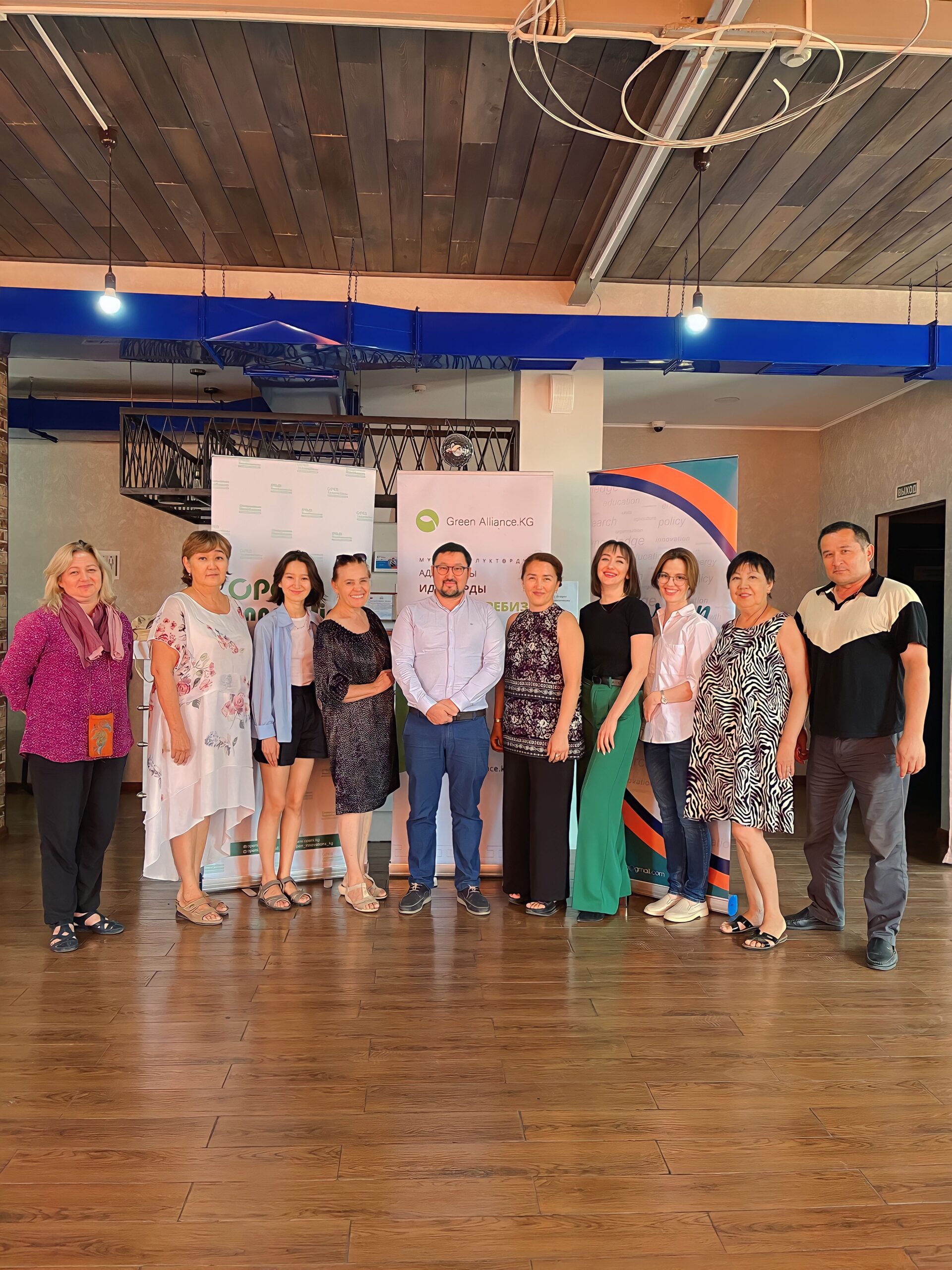
This event is being implemented with the support of the UNDP project “Providing Advisory Support in the Development of the “Expanded Plan for the Implementation of the NDC and the Long-Term Low-Carbon Development Strategy (LTS) until 2050”.
This process is coordinated by the Ministry of Natural Resources, Ecology and Technical Supervision of the Kyrgyz Republic and is supported within the framework of the UNDP global initiative “Climate Promise: Phase 2”.


